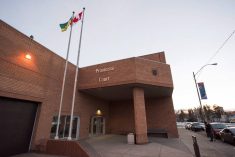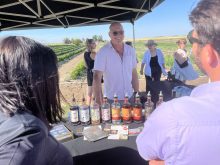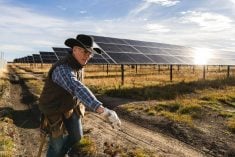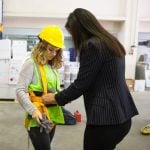WAINWRIGHT, Alta. – Where else can you tour a former German prisoner-of-war camp, dig for ancient buffalo bones, listen to the wind rustle the grass around the foundations of an original prairie ranch house, meditate in a rural neo-Gothic church, ride a speeder car along the rails and tour a modern prairie farm?
Jennifer Ford knows she lives in an area rich in history. It’s her job to let other people know the tourist secrets in eastern Alberta.
“I think there are a few historical gems,” said Ford with Buffalo Adventures, a unique tour company designed to let people choose their tourist adventure.
Read Also
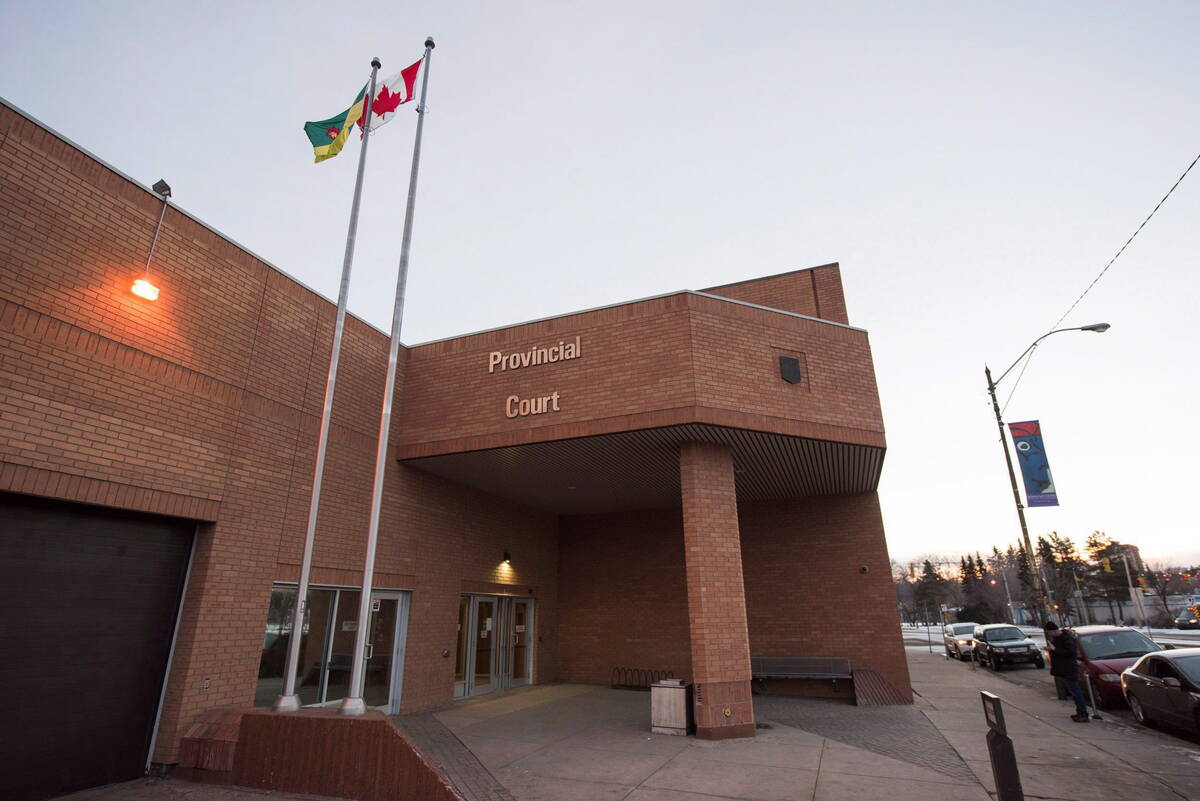
Understand limitation periods if considering civil suit
A limitation period refers to the amount of time a plaintiff has to commence a formal claim in court or lose their ability to pursue it.
Instead of signing up for a regimented tour, Buffalo Adventures is more of a buffet where visitors choose their own stops. Visitors can spend the morning digging for dinosaur bones and the afternoon crawling over 85 antique John Deere tractors. Animal enthusiasts can learn about the historic Buffalo National Park and its role in saving buffalo from extinction, then tour a modern bison ranch in the afternoon.
Jennifer’s father, Keith Brower, also a tour leader, said it’s not easy “prying people from the mountains,” but he believes their tours offer a unique combination of prairie history and modern agriculture led by local experts.
“We’re trying to make it more of a destination where people come out for two days and have four tours,” said Brower who leads the Kemah Ranch Ruins tour.
“On these tours they get a chance to kick the stones,” he said.
On the tour, Brower leads people through the bush to a clearing in the field where the Mabey Brothers of Minnesota settled in 1905. The concrete foundations of the Kemah Ranch barn, house and 47 metre long shed are still visible through the grass.
Three stick drawings etched in a concrete water trough are still clearly visible almost 100 years after the concrete was poured.
Brower said he realized the importance of saving the memory of places like the Kemah Ranch after his mother died in 2000. She was the person he turned to answer questions about nearby Buffalo National Park or other sites in the area. With his mother gone, Brower realized it was important to preserve and promote the history in their area of eastern Alberta, and the Kemah Ranch.
“It gives people an opportunity to know what it was like prior to the rail and to keep the memory of the ranch alive,” he said.
He also points out native trees and an original diamond willow fence post. He also talks about the importance of shelterbelts on a farmyard and the value of a large garden on a prairie home.
“It’s amazing what some folks don’t know.”
Few rail enthusiasts are as dedicated to preserving and recreating rail history as Don McGuire, president of the Wainwright Railway Preservation Society.
Wainwright used to be a key location in the Grand Trunk Pacific and Canadian National railways and McGuire and his crew of volunteers want to help preserve and promote the railway’s importance in the area in their interpretive park.
McGuire never worked for the railway, but his father was a longtime CN employee and McGuire spent hours following his father around the yards.
The town of Wainwright was named after the second vice-president of the Grand Trunk Pacific railway and the first baby girl born in the town was named Wainwright.
The park is now home to two locomotives and 11 rail cars, including a 1930s cattle car with opening ventilation levers, believed to be one of two left in Canada. Also parked on the rail siding are a 1923 passenger car, a 1958 cabless passenger locomotive, one of a few remaining, a 1920s boxcar, a 1926 tank car built in Nipawin, Sask., and a collection of other railway equipment.
When the 1958 Road switcher locomotive arrived, it was in less than ideal condition. Many of the parts had been removed to patch other locomotives. Through connections in the business, chats with scrap dealers and a bit of inside information, the volunteers are slowly piecing the locomotive back together.
“Eventually we will make it into a prize. It will happen,” said McGuire.
On the Food From the Land tour, it’s Ken Wasmuth’s job to explain to visitors what’s on a modern farm.
“There’s people that drive across the Prairies and think it’s just bald prairie,” said Wasmuth, a semi-retired farmer.
He explains common crops, the value of legumes to fields, zero tillage technology and how farmers retain moisture by leaving stubble. He also walks them through a wheat field or points out where a sprayer missed a strip and weeds are poking through.
“I inform people what’s going on in agriculture and why,” said Wasmuth who worries that so few people have a connection to a farm.
“I always want to promote modern agriculture.”
Barry Kaye volunteered to host visitors on his mainly Wood bison ranch. Kaye was willing to do his part to help develop the adventure tours as a way to promote tourism in the area.
Few people have the chance to get within metres of the massive beasts that once roamed the Prairies.
“I’ve always wanted to have them ever since I was a kid,” said Kaye.




